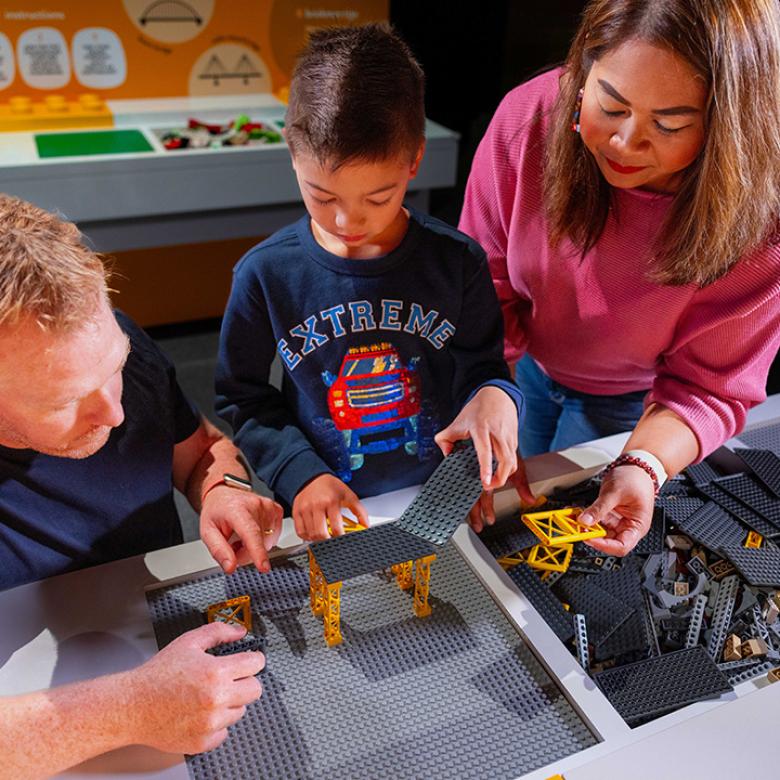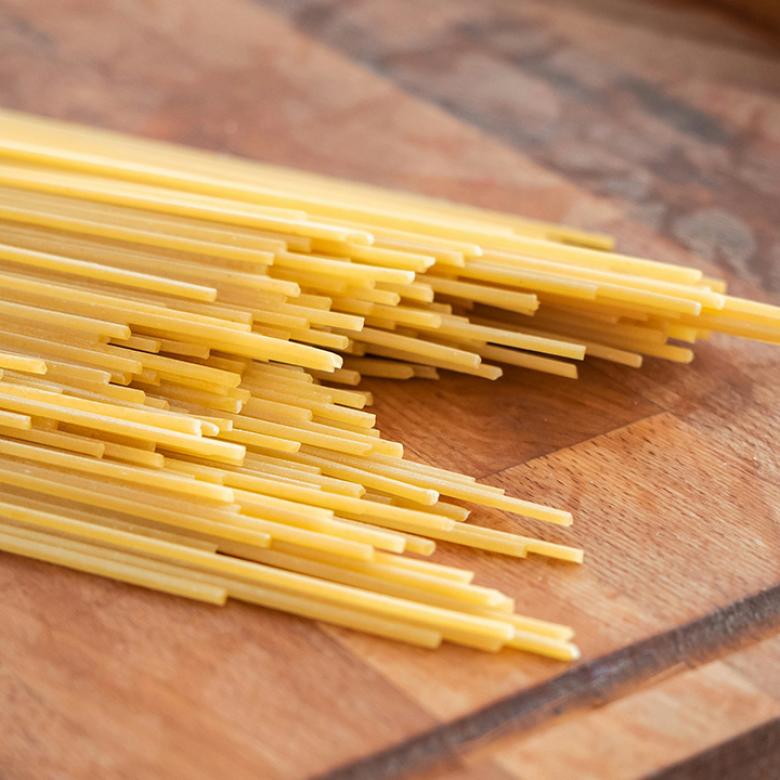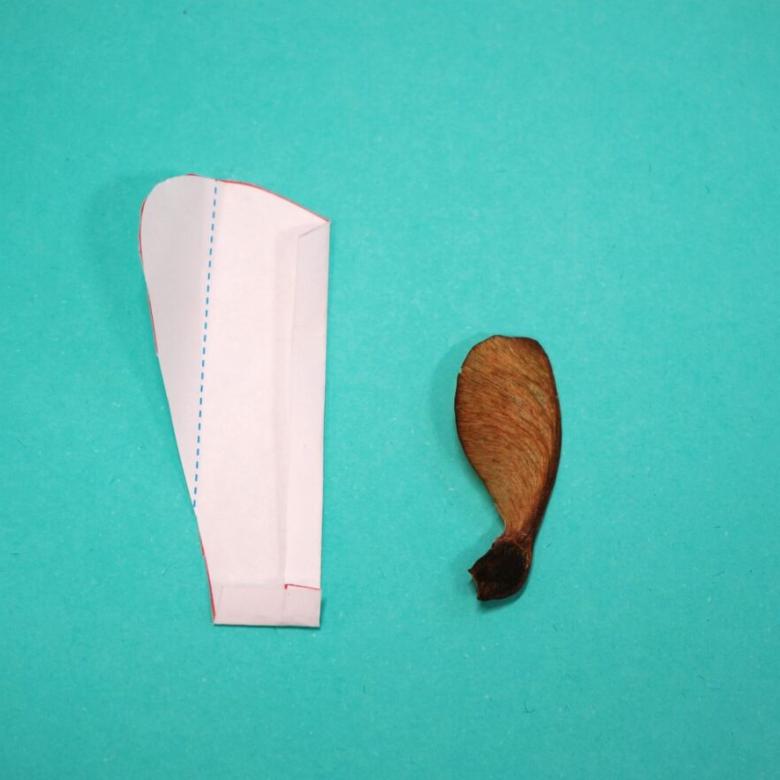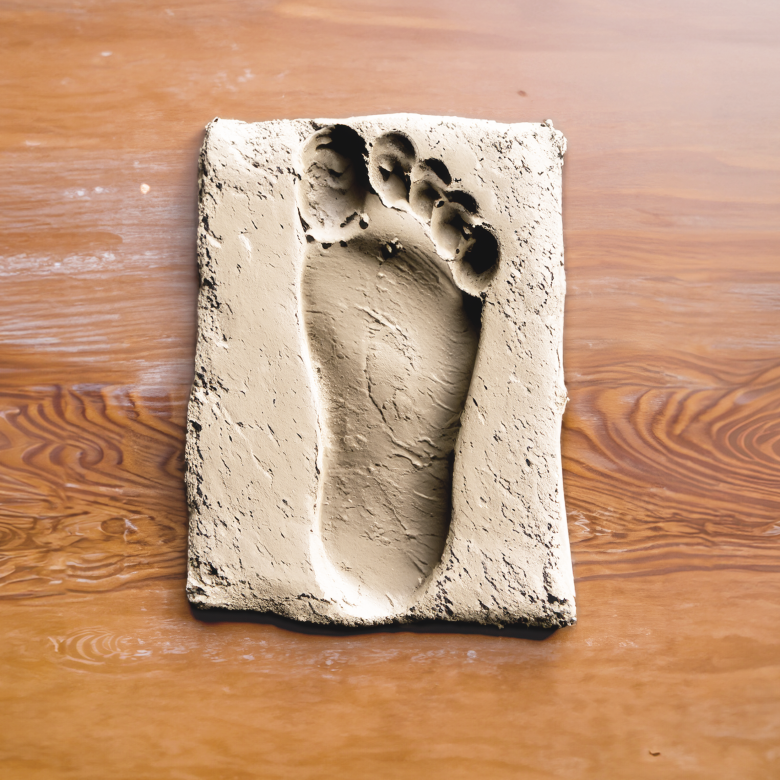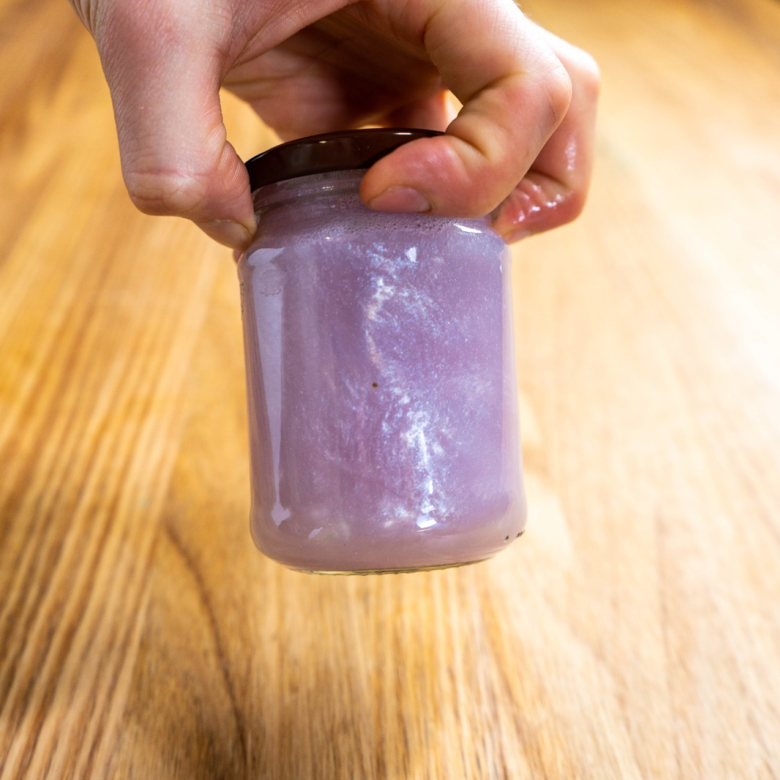You’ll need
- Pictures of constellations (such as Orion, Scorpius, Taurus, the Southern Cross, Centaurus and Canis Major) and stories about constellations (you can get both from books or the internet)
- A rectangular shoebox with its lid
- A pencil
- A 30 cm ruler
- Scissors
- White paper, around A4 size
- Black cardboard, at least A4 size
- A thumbtack (or similar)
- A nail
- Coloured cellophane (blue, red and yellow)
- Sticky tape
- Blu Tack
What to do
- Do some research with the books or internet. For each constellation, find out the meaning of its name, what picture the stars make and if there is a story about the picture (such as from Greek mythology or Aboriginal sky stories).
- Gather your materials on a flat surface.
- On one end of the shoebox (one of the short sides), draw a circle about 3 cm in diameter. Make sure the circle is not covered by the overhang of the lid.
- Use the scissors to cut out the circle. This is the eyehole that you will look through to gaze at the stars.
- On the opposite end of the shoebox, use a ruler to draw a rectangle. It should be nearly as big as the end of the box. The lines should be about 1 cm in from the edges and from the overhang of the lid.
- Cut out the rectangle, keeping it in one piece.
- Place the rectangle of cardboard from the shoebox on a piece of black cardboard and trace around it.
- Use the ruler to draw a bigger rectangle around the one you have just drawn (it should be about 1 cm out from each side).
- Cut out the big rectangle of black cardboard.
- Choose a constellation from the pictures you found.
- Place the shoebox cardboard rectangle on the white paper and trace around it.
- Cut out the white paper rectangle.
- Draw your constellation on the white paper rectangle.
- Use Blu Tack to stick the white paper rectangle over the black rectangle.
- Use the thumbtack to make a hole for each star. Make sure it goes through both the white paper and the black cardboard. Use the nail to make bigger holes for brighter stars.
- If there are any coloured stars in your constellation, tape some small pieces of coloured cellophane over their holes.
- Use Blu Tack to attach your constellation to the inside of the window in the end of the shoebox. Make sure the black cardboard faces the inside of the shoebox.
- Put the lid on the box, hold the box up to a light and look through the eyehole to see your constellation.
- Try to find your constellations in the real night sky! Get some help from books, the internet, a friend or an adult.
Questions to ask
Why do you think some (real) stars appear bigger and brighter than others?
Why do you think some stars appear different colours?
What's happening
A constellation is a group of stars. Constellations can be named after animals, people or objects, based on the patterns the stars make. Naming constellations helps us work out where particular stars are in the night sky. They also help break the sky up into smaller parts so that it’s easier to understand and remember where stars are.
Your stargazer constellation is likely one of 88 official star constellations. The official constellations were listed in 1929 by the International Astronomical Union.
(Sound of bubbles popping)
Tim: Hi everyone, I’m Tim from the Questacon Science Squad, and I’m going to show you today how to make your very own star gazer. You need a few things to do this. Firstly you need to have a shoe box with a nice tight fitting lid, you need to have some bluetack, you need to have a nail, and a thumbtack.
(Camera zooms in as Tim points to the different objects required)
Along with a picture of a constellation – now this one here you can get from our Questacon website – and a piece of black card that fits on the back.
Tim holds up a picture of a constellation, and a piece of black card)
And just down here we also have some coloured pieces of cellophane.
(Camera zooms in as Tim points to some pieces of coloured cellophane)
Now your first step is to take your shoebox and to cut a three centimetre hole out of one end.
(Camera zooms in on the hole in the shoebox)
On the other end, what you need to do is to cut out a rectangle about one centimetre away from the edge, all the edges around here.
(Tim points to the shoebox)
So we’ve got one centimetre here, one centimetre here, here, and here.
(Tim points to the shoebox)
You need to make sure that your picture of your constellation and the piece of black cardboard are the same size as this box, so they can just slide in nicely and fit in there like there.
(Tim slides the constellation and the black cardboard into the end of the shoebox)
Once you have them that size you can take your picture here, and using a nail you can push out a hole through the larger stars.
(Tim pushes the nail through the larger stars on the picture of the constellation)
So we’ve got a nice big hole there. And for the smaller stars you can use a thumbtack and push that through as well.
(Tim pushes the thumbtack through the smaller stars on the picture of the constellation)
So thumbtack through there. But I’ve already done this. Now not all stars are the same colour, so some of them are red, and you can see here that I’ve taped a small piece of cellophane over one of the stars, and that’s going to give it a nice red colour.
(Camera zooms in as Tim points to the piece of cellophane he has placed over one of the stars)
So once you’ve done that you can take your constellation and your piece of card, you can push it down inside the box, put the lid on, swing it around so the hole... and come have a look at this now.
(Tim moves the box around to show the hole)
(Camera zooms in closer to look through the hole)
Here we go.
(Video showing the view through the hole in the shoebox)
You can see your very own constellation and a whole lot of stars in there as well. If you want to make your very own star gazer, head to the Questacon Science Squad website. Catch you next time.
(Science Squad logo – Title, “Star Gazer”)
Did you know?
Because different constellations are visible to us at different times of the year, you can use constellations to work out which month it is. This was helpful to farmers many years ago. Farmers used the sky as a calendar to know when to plant or harvest their crops. It also helped people know when the seasons would be changing and when to celebrate annual events.
Cultures all over the world have stories and myths about the stars. Indigenous Australians have studied astronomy for a long time – probably for tens of thousands of years – and have many stories about the night sky. The Yolngu people of Arnhem Land in the Northern Territory call the constellation of Orion ‘Julpan’. Julpan is a canoe. The story associated with Julpan is that 2 brothers went fishing and caught and ate a fish forbidden under law. When the Sun saw this, the Sun sent a waterspout that carried the 2 brothers and their canoe up into the sky where they became the Julpan constellation.


